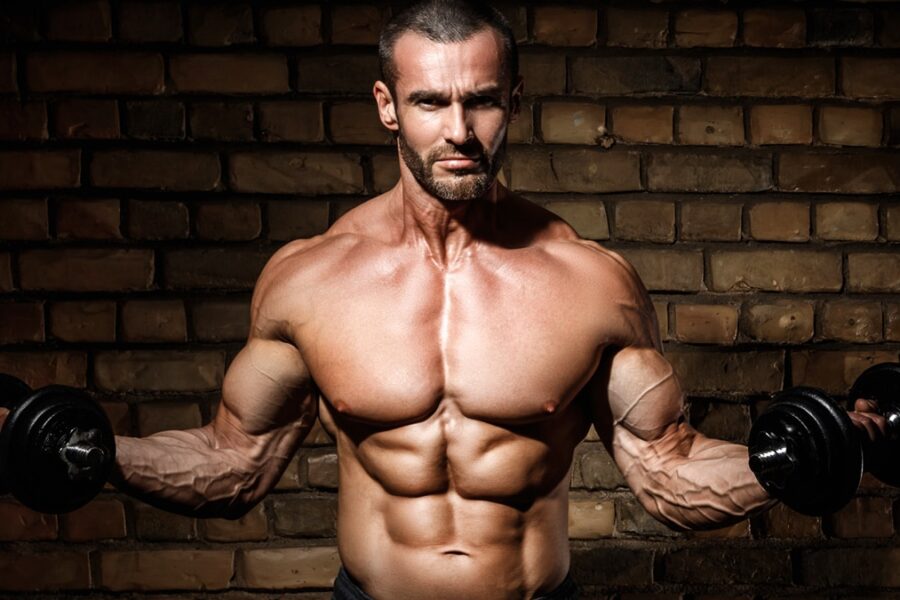Progressive Overload is the cornerstone of gym training. People FAIL in the gym due to the fact that they aren’t performing enough progressive overload.
Muscle is built by subjecting them to continual, increasing stress, throughout many months and years.
You need to create microtears in your muscles by introducing them to repeated heavy loads through ingrained movements following neuromuscular patterns over a prolonged period of time.
You may have heard the phrase “Progressive Overload” thrown about ad nauseam in fitness circles, but what is it?
What does it mean?
Why is it relevant?
What is Progressive Overload?

Progressive Overload, as mentioned, is the gradual introduction of increased stress to the muscles through programmed exercises.
Progressive Overload can be achieved by THREE means — the first two of which are easier to track.
1) Progressive Overload is to add more weight to the bar/dumbbells — increasing your total resistance
2) Progressive Overload is to add more reps to the same weightload — increasing your total resistance or time under tension
3) Progressive Overload is to add more volume into your program — increasing the total resistance your muscles are subjected to over the duration of a training session.
You can calculate your training volume here.
It is as simple as that.
Or as the legendary YouTuber and IFBB pro Greg Doucette would say: “train harder than last time.”
If you want to grow, you have to train harder than last time.
Wanna get in shape? Click here to try our Beginner’s Bundle with various programs to get you started in the gym.
Why is Progressive Overload so Important?

Put simply, without Progressive Overload, you will not grow very much.
You need to expose your muscles to stimulus to grow, then you need to eat enough to elicit growth while allowing yourself to rest while you sleep and allow enough time between training sessions to recover so that you can continue to train harder than last time.
Far too many gym bros love to chase the pump to look sick in their stringer vests.
The pump only lasts a few hours, but these gym bros fail to add more reps or total weight to their exercises over time and fail to make any discernible progress into the future.
You can grow up to a certain point, but there is a reason why all the top bodybuilders can hoist weights similar to elite powerlifters.
The answer is progressive overload.
More muscle, generally speaking, means more potential to shift weight.
Muscle requires greater weight loads to grow above and beyond your expectations. This is why most elite powerlifters are extremely muscular.
With the exception of a few standouts and lanky Deadlift specialists with amazing biomechanics, the strongest powerlifters often have insane amounts of mass to complement their huge totals.
One of the reasons why many novice lifters fail to pack on size is because they do not employ sufficient training intensity or resort to mundanely repeating the same workouts week in week out without ever adding weight to the bar or more reps.
This is the art to setting yourself up for monumental failure — and disappointment.
We do not want you to give up the gym, but you also need to put in the effort.
Click here to read our articles on RPE and Reps in Reserve to learn more about training intensity.
Wanna get in shape? Click here to try our Beginner’s Bundle with various programs to get you started in the gym.
Don’t hesitate to email us at [email protected] for personalized coaching and a client questionnaire if you’d like DEDICATED tailor-made personal training on strength training, building muscle, losing fat, developing athleticism, and more — all to your liking, lifestyle, habits, and taste!
Otherwise, don’t forget to claim your FREE eBook detailing how to lose 20lb of fat while building muscle in 12 weeks! You can claim it here.
Alternatively, you can pick up a FREE eBook on fundamental strength principles offering an introductory workout program.












